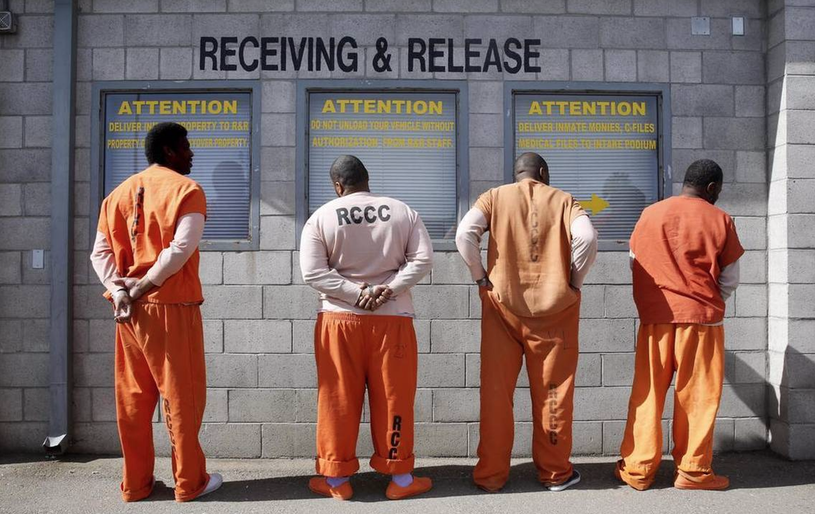CommentsVOICES--The ADDA has long advocated rehabilitation as an alternative to incarceration - so long as that rehabilitation is effective and successful.
We also believe reducing the prison population is a laudable goal so long as it can be done without endangering public safety. However, the initial focus should be on effective rehabilitation that does not compromise public safety, rather than planning for early releases first and then implementing rehabilitation programs after the fact.
One of the more effective rehabilitation programs is the Anti-Recidivism Coalition (ARC), located in downtown Los Angeles. I recently had the pleasure of meeting with ARC founder Scott Budnick, and members of the ARC team. While Mr. Budnick and I may not always agree on policy, his approach of keeping lines of communication open and listening to all perspectives, including those of law enforcement and crime victims is refreshing and commendable.
The ARC program has a high level of success, with an approximate 11% recidivism rate, mostly for graffiti and drug use. Although participation in ARC is voluntary and the participants are, therefore, a self-selecting group of motivated individuals, it should be noted that CDCR does not force inmates into programs so the same self-selecting critique can be made of any prison rehabilitation program.
The key to ARC's success is peer-to-peer counseling by "credible messengers," i.e., former prison inmates. The program begins while an inmate is still in prison, where a "Hope and Redemption" team of former inmates who have successfully transitioned into society, mentor inmates to show them by example that it is possible to become a productive and thriving member of society.
Once a participant leaves prison, there is a three-month orientation to the various programs ARC offers. Upon release, mentees are offered one-on-one counseling and therapy, life skills programs, quality employment track options including assistance with careers in the building trade and film industry, and housing assistance and actual supportive housing. Also, ARC uses its relationships with probation and parole officers to communicate with those authorities regarding various issues, be it assisting participants with getting into a facility for treatment or alerting the officer if the participant may be late for an appointment. Finally, ARC also refers out participants for comprehensive addiction support, when necessary.
The educational process participants undergo has many parts, with participating inmates acknowledging wrong choices and the value of "self-work." The transformation on the "inside" includes the participants changing how they act, interact with others, and even how they walk. This mentoring enables inmates who felt they only had one possible way of life to see that they can fundamentally change themselves and their thinking, thereby becoming a better person.
There are five requirements to stay in ARC once out of prison:gang free; crime-free; drug-free; willing to be of service to the community; and in school, working or both. Those who are unwilling to or fail to meet these five criteria cannot participate in the program.
ARC started as a program with 20 participants and has grown to over 1,200. It is a membership model (100% voluntary) and is driven by word of mouth and newsletters. Funding comes from private donations, foundations and government grants. Government partners have included CALFIRE, California Department of Corrections and Rehabilitation, and the California Conservation Corps.
ARC recognizes that rehabilitation requires a person to want to change, and simply offering a program isn't enough. With its unique peer-to-peer approach, ARC is a model that has, thus far, proven to be successful at rebuilding the lives of men and women after incarceration and thus contributing to safer communities.
-cw
(Michele Hanisee is President of the Association of Los Angeles Deputy District Attorneys, the collective bargaining agent representing nearly 1,000 Deputy District Attorneys who work for the County of Los Angeles and a contributor to CityWatch.)






